Optimal Timing for Antenna Installation and Repairs
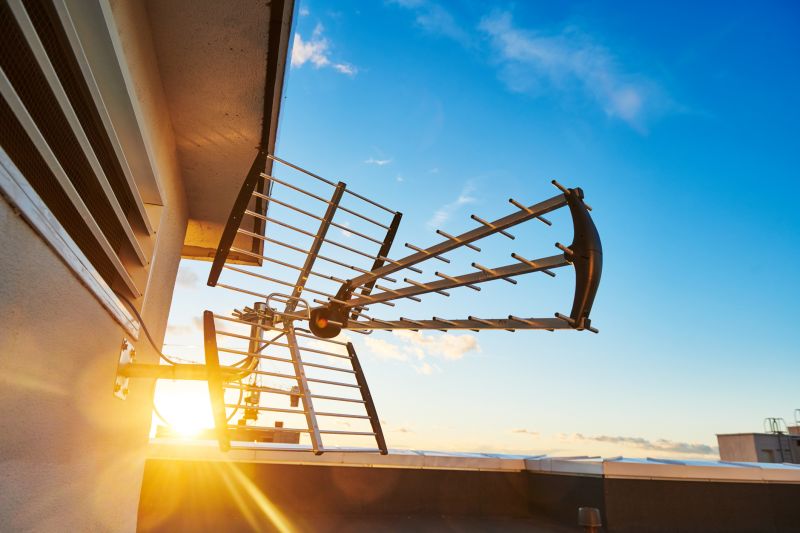
Optimal installation occurs during clear, calm weather conditions to ensure safety and proper alignment.
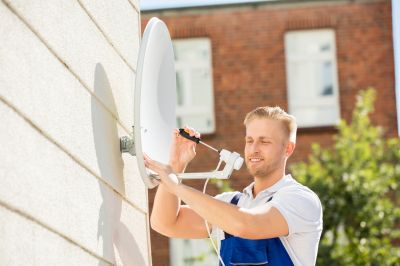
Spring and fall are ideal for repairs due to moderate temperatures and lower wind speeds.
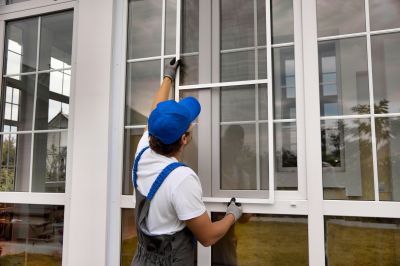
Installation or repairs should be postponed during storms, heavy rain, or snow to prevent hazards and ensure quality work.
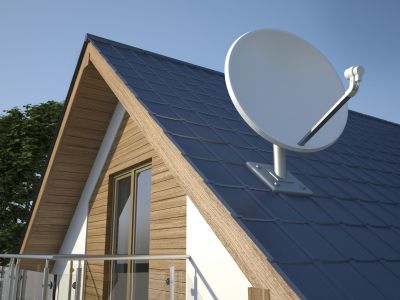
Ways to make Antenna Installation And Repairs work in tight or awkward layouts.

Popular materials for Antenna Installation And Repairs and why they hold up over time.
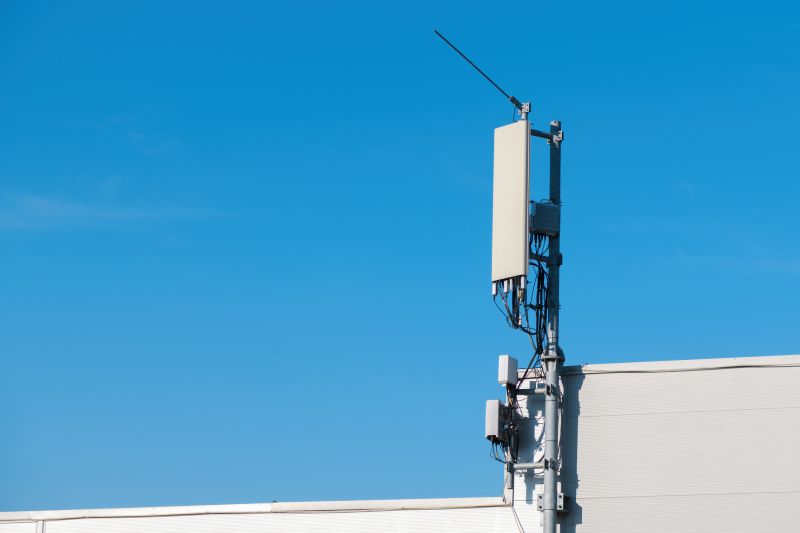
Simple add-ons that improve Antenna Installation And Repairs without blowing the budget.
Antenna installation and repairs are essential for maintaining optimal signal reception and transmission. Proper timing can influence the success and safety of these activities. Weather conditions, seasonal patterns, and environmental factors play significant roles in determining the best time for antenna work. For example, installing antennas during periods of stable weather reduces risks associated with high winds or lightning. Similarly, scheduling repairs in mild seasons can minimize delays caused by adverse conditions.
Timing influences the quality of installation and the longevity of antenna components.
Spring and fall often provide the best weather for antenna work, with moderate temperatures and less wind.
Extreme weather can cause damage or hinder access, leading to delays and increased costs.
Clear, calm days with low wind speeds are preferred for installing or repairing antennas.
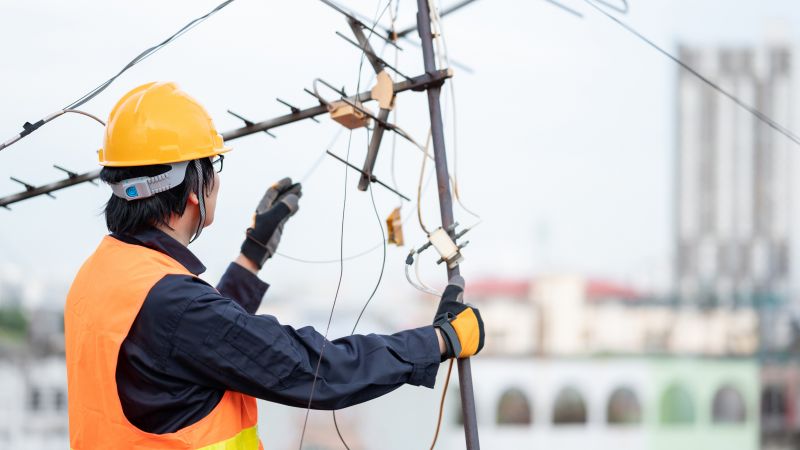
Installation during sunny weather ensures good visibility and safer working conditions.

Mild temperatures facilitate easier handling of equipment and reduce risks.

Storms can cause dangerous working environments and potential damage.
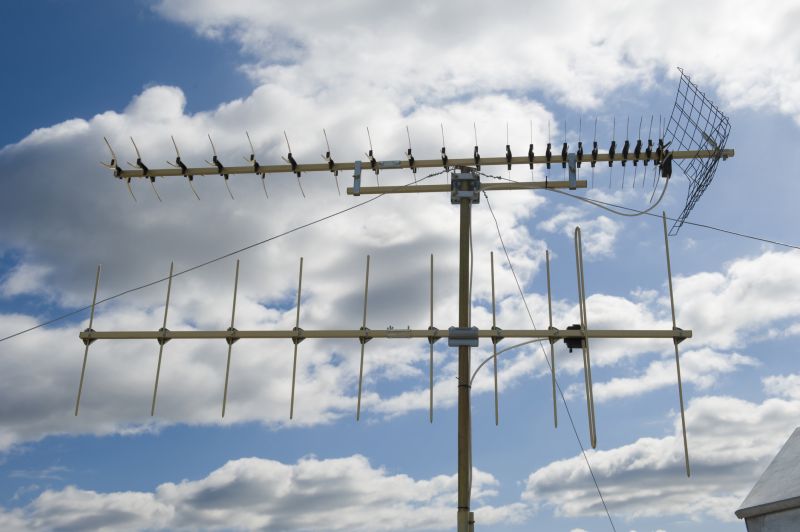
Scheduling during favorable weather improves success rates and safety.
Understanding the optimal timing for antenna installation and repairs can lead to improved signal quality, reduced maintenance costs, and enhanced safety. Weather patterns and seasonal changes should be carefully considered when planning these activities. Choosing the right time ensures that work is completed efficiently and safely, minimizing disruptions and maximizing performance.
| Season | Ideal Conditions |
|---|---|
| Spring | Moderate temperatures, low wind, and stable weather |
| Summer | Long daylight hours, but watch for storms and high winds |
| Fall | Cooler temperatures, less wind, and clear days |
| Winter | Potential for snow and ice; only suitable in mild conditions |
| Rainy Season | Avoid due to risk of electrical hazards and safety concerns |
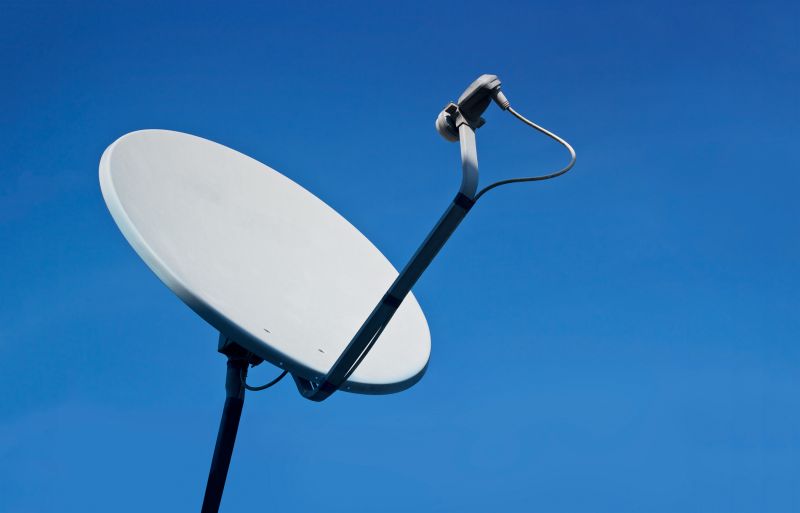
Clear days provide optimal visibility and safety for installation activities.
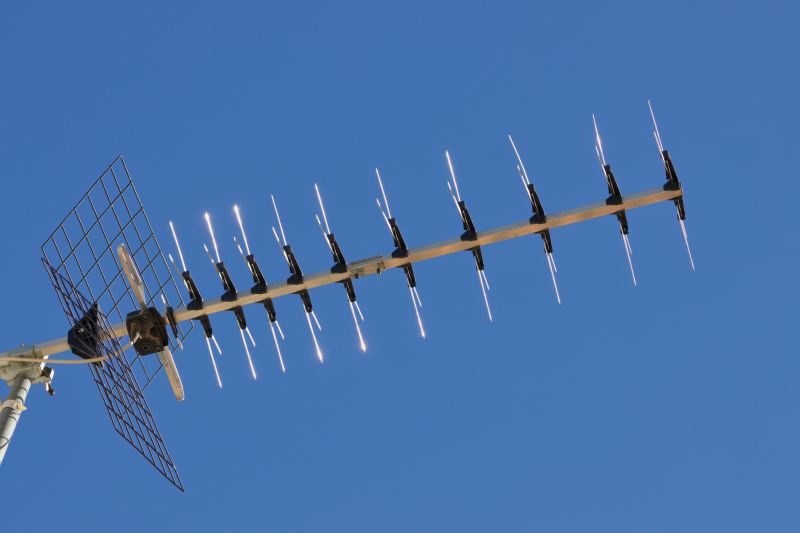
Spring and fall offer the best weather for effective repairs.
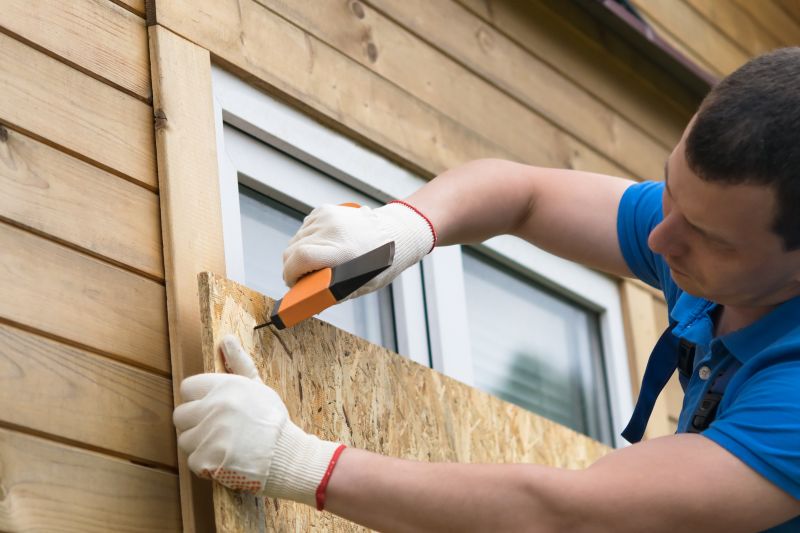
Postpone work during storms to prevent hazards and damage.

Scheduling within favorable weather conditions ensures quality and safety.
Choosing the appropriate time for antenna installation and repairs can significantly impact the durability and performance of the system. Weather conditions such as wind speed, precipitation, and temperature fluctuations influence the ease and safety of work. Planning activities during periods of stable weather reduces risks and enhances the likelihood of successful installation or repairs.
Proper timing can improve signal reception and transmission.
Spring and fall often provide the most suitable conditions for antenna work.
Adverse weather can cause delays, damage, and safety hazards.
Avoid working during storms, heavy rain, or snow for safety reasons.
Interested in scheduling antenna installation or repairs? Filling out the contact form can help determine the best timing based on local weather patterns and specific needs. Proper planning ensures efficient work and optimal system performance.
